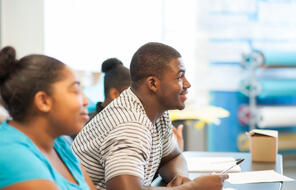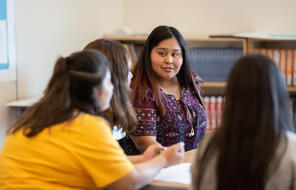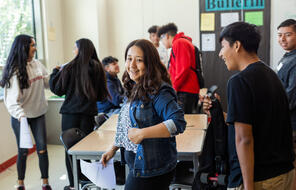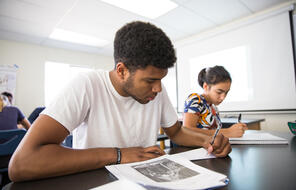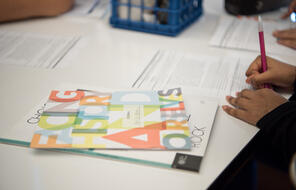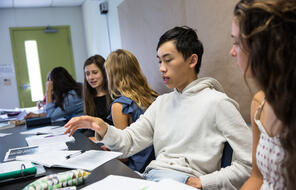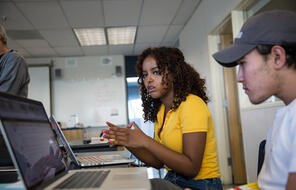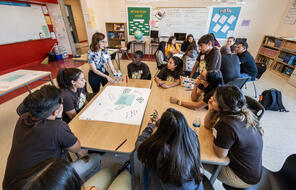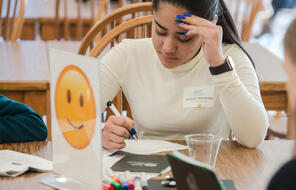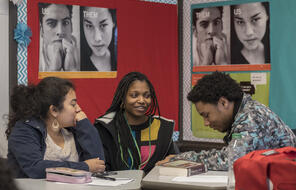Overview
What Is a Classroom Contract?
Contracting is the process of openly discussing with your students expectations about how classroom members will treat each other. It is an effective strategy for making your classroom a reflective community. Reflective classroom communities are places where explicit rules and implicit norms protect everyone’s right to speak; where differing perspectives can be heard and valued; where members take responsibility for themselves, each other, and the group as a whole; and where each member has a stake and a voice in collective decisions. These type of classroom communities are usually created through deliberate nurturing from students and teachers who have shared expectations about how classroom members will treat each other. The instructions below describe how to discuss classroom norms with students and then draft and agree to a formal contract of behavior.
Procedure
How to Create a Classroom Contract
Remote Learning
Contracting is an effective strategy for making your classroom a reflective and respectful community. It is the process of openly discussing with your students expectations about how classroom members will engage with each other and with the learning experience. Since remote learning deeply affects the ways in which members of a class communicate and connect with each other and their teacher, it is important to create a version of your class contract that addresses the different circumstances involved in remote learning so that students can feel engaged, valued, respected, and heard whether you are meeting in person or virtually.
Facing History teachers have found that effective class contracts typically include several clearly defined rules or expectations, as well as ideas for how the class will respond if students do not fulfill their obligations as members of the classroom community. There are many ways to proceed with developing a classroom contract, and we encourage you to adapt this process to meet the needs of your students and your learning environment.



